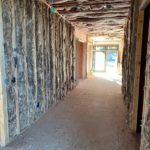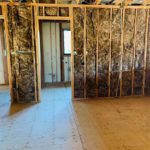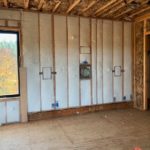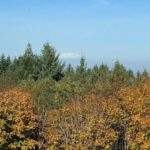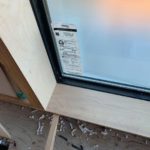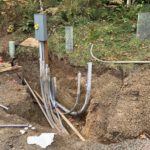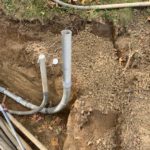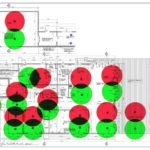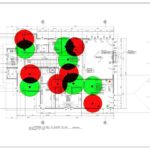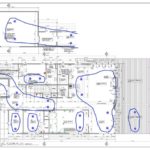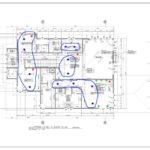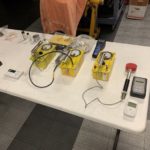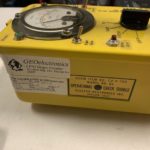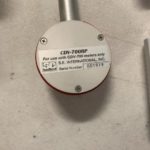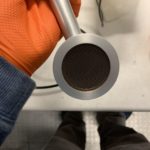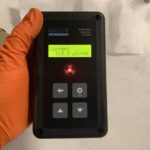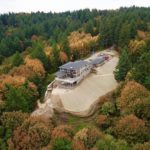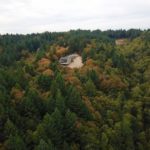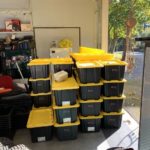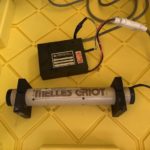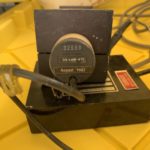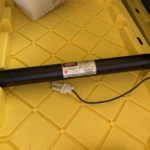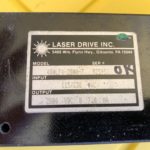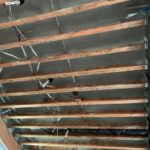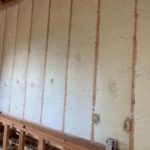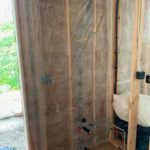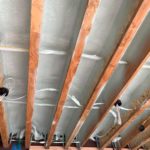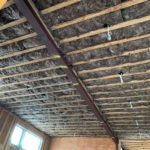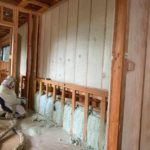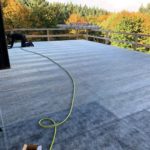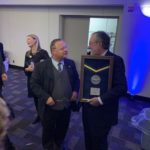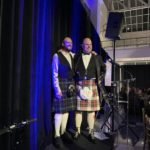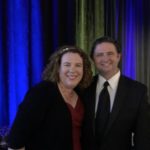House
Fall colors are really coming in as the trees change, and interior trim work has started. Audrey refers to the house as ‘furry’ at this stage, as all of the insulation is done. We are experimenting with doing a lightly trimmed window in a more modern way ( not drywall wrapped, but similar with wood trim).
The flat roof sections still need to be installed (metal roof there), and the siding and exterior trim is at about 80%. Painting is following the trim closely and should hopefully finish up next week.
The driveway is getting prepped, and power has been conduit routed along the driveway on both sides. I did a power outlet every 75 feet or so on both sides of the driveway all the way from the house to the gate, with the front half fed by a dedicated meter at the gate, and the back half fed by the house.
It looks like we will need about 28,000 sq ft of asphalt. Back of the envelope says that is a tad over 1 million pounds of asphalt, and probably another half a million pounds of rock.
Based on the remaining work I would guess we will move in late January to early February, which isn’t terrible given we started the project in June of 2017.




